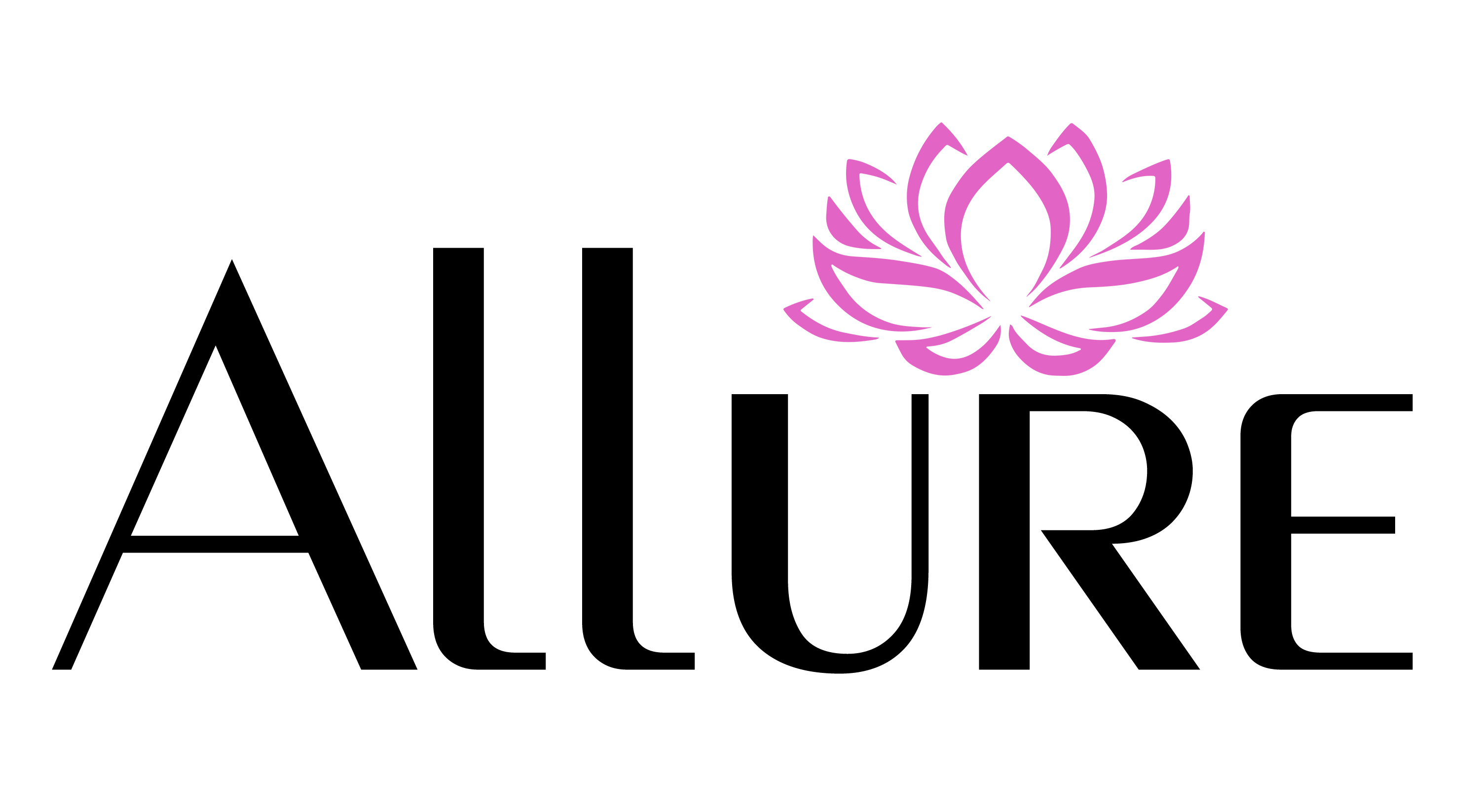Brazilian Butt Lift
What is a Brazilian butt lift?
A Brazilian butt lift is a specialized fat transfer procedure that augments the size and shape of the buttocks without implants. Excess fat is removed from the hips, abdomen, lower back, or thighs with liposuction, and a portion of this fat is then strategically injected into the buttocks.
A skilled cosmetic surgeon can improve the proportions of the entire lower body with Brazilian butt lift surgery, helping a patient loose fat in common “problem areas” and enhance the buttocks, with results lasting many years.
Why have a Brazilian butt lift?
The shape and proportion of a person’s buttocks are largely determined by genetics; both your skeletal structure and how your body stores fat influence the appearance of the lower body. A healthy diet and exercise can work to achieve a healthy body weight and tone the muscles, but many patients remain unhappy with a “flat” buttocks that lacks shape, despite a healthy lifestyle.
Brazilian butt lift surgery can help overcome the effects of genetics by reshaping the buttocks and surrounding areas, such as the hips, lower back, and thighs. You might consider a Brazilian butt lift to:
- Enhance the curves of your lower body
- Reduce fat pockets on your hips, thighs or belly while adding fullness to the buttocks
- Help clothing fit more attractively
- Give a more youthful, aesthetically pleasing shape to flat buttocks
- Enhance your overall proportions by improving balance between your upper and lower body
Am I a good candidate for a Brazilian butt lift?
A Brazilian butt lift can be a great option to improve the shape and size of the buttocks; however, certain patients are better suited to the procedure, and it is important to have realistic expectations about the surgery, recovery, and results. In general, you are likely a good candidate for a Brazilian butt lift if you agree with the following:
- You want a buttock augmentation without implants
- You have good skin tone in the hips and buttocks
- You have adequate fat stores in other areas to harvest for injection into the buttocks
- You are willing and able to avoid sitting directly on your buttocks for several weeks
Despite its name, a Brazilian butt lift is not a traditional “lifting” procedure—it does not address loose skin on the buttocks. If you are bothered by excess, sagging skin on the buttocks or thighs, thigh & buttock lift surgery may be a more suitable option.
Brazilian butt lift vs. buttock implants
One significant advantage of Brazilian butt lift surgery is that it increases buttock size without implants. In the hands of a specially trained cosmetic surgeon who operates in an accredited facility, the procedure has a low risk for complications and can achieve remarkably natural looking and feeling results.
However, if you are very lean, you may not have enough fat to harvest, and buttock implants may be the only way to achieve your desired size increase. Buttock implants may be a good option for some patients; however, it is important to understand the added risks of having implants, including capsular contracture and a higher risk for infection. Buttock implants can also look and feel less natural compared to a skillfully performed Brazilian butt lift.

Whats included & cost
$5500 USD
- 5 Nights stay in hotel (B&B) + 1 Night stay in hospital
- Board Certified Plastic & Aesthetic Surgeon
- Airport & Inbound Transfer
- Pre-op Online Consultation
- Physical Consultation
- Blood Tests
- General anesthesia
- Medications
- Post op controls, Post op medical kit
- Pre-op & Pre-op PCR Test
- Customized Patient Service (English, French, Spanish, Italian)
- 24/7 Online Assistance
- Online Post-op follow up
The price reflected does not include airfare as we recommend clients book their own flights due to the rapidly changing flight costs. Should you prefer that we book the flight for you in conjunction with the selected procedure, a $2000 USD fee will be applied. This fee typically covers airfare from locations around the world to Turkey; in the event that the airfare is less than $2000 USD, the remaining amount will be refunded within 24 hours from booking of the flight.


















